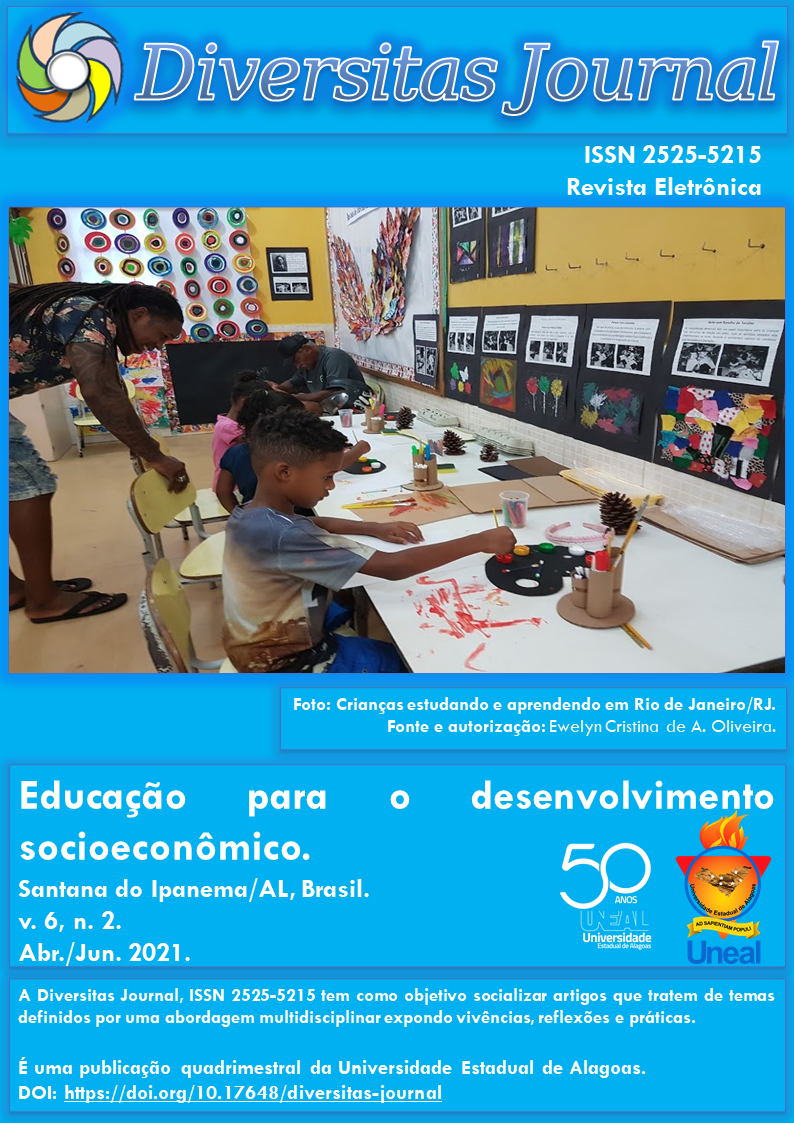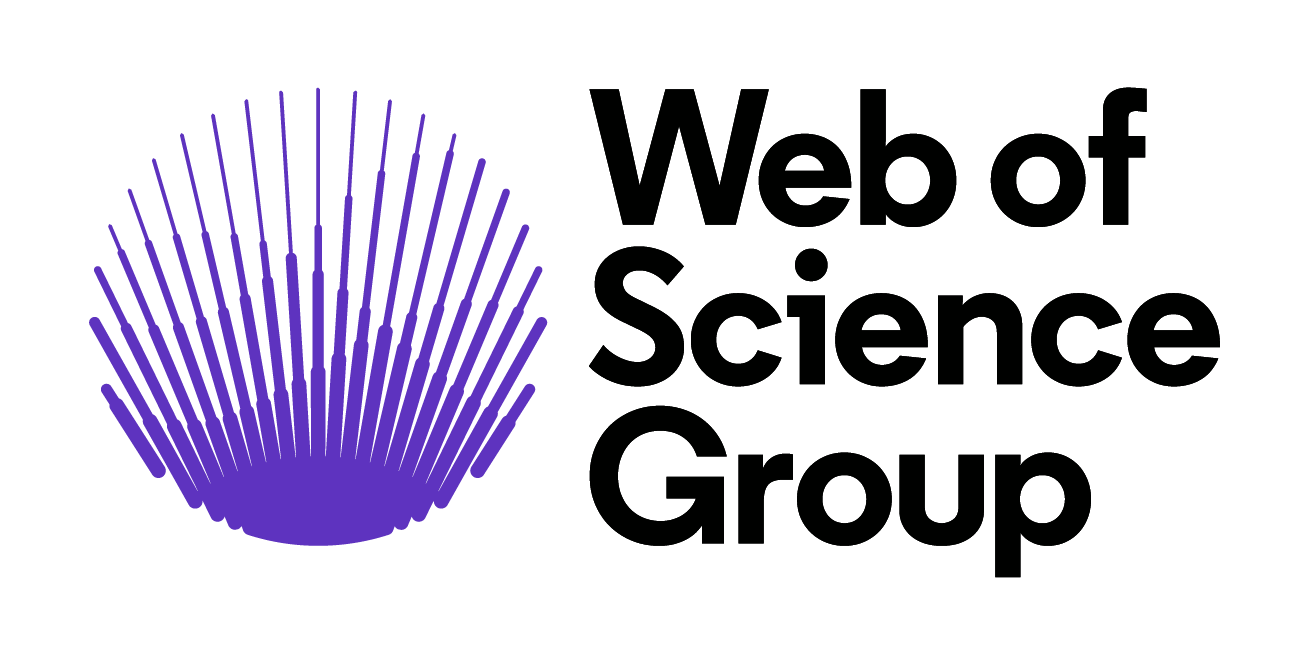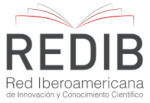In vitro germination, initial development and acclimatization of Cattleya nobilior Rchb. f. (Orchidaceae): an approach to curb the eventual endangerment of this exuberant, near-threatened Cerrado species
DOI:
https://doi.org/10.17648/diversitas-journal-v6i2-1592Abstract
ABSTRACT: The objective of the present study was to evaluate the effects of different culture media on the in vitro germination and initial development of Cattleya nobilior, and to acclimatize this species using soybean straw as a substrate component, aiming the production of plants at large scale to reintroduce it in natural environments. Anatomical characteristics associated with development during acclimatization are also depicted. The influence of Murashige and Skoog, Knudson, and Vacin and Went culture media on the in vitro germination and protocorm development were assessed. Acclimatization was accomplished using different proportions of soybean straw (SS) and Bioplant (BP) as substrates. Anatomical studies were conducted on the leaves of plants during acclimatization. KC was the most suitable culture medium for both germination and initial development of C. nobilior. Regarding acclimatization, it is recommended that a substrate composed of 60% SR and 40% BP be initially used. Upon transfer to shade-house conditions, plants should be grown in a mix of 40% SR: and 60% BP. The leaf anatomical characteristics observed are typical of epiphytic orchids adapted to water-poor environments, which indicates that SR did not negatively affect the development of the species. The in vitro propagation of C. nobilior as described herein is efficient for its multiplication for commercial and conservation purposes and SS can be used as an alternative component of the substrate for its acclimatization.
KEYWORDS: Foliar anatomy, culture media, soybean straw.
Metrics
Downloads
Published
How to Cite
Issue
Section
License
Copyright (c) 2021 Silene Lívia Aires de Oliveira, Kellen Lagares Ferreira Silva, Rafael José de Oliveira, Maíra Jéssica de Souza, Jaderson Roney Gomes de Oliveira, Wagner de Melo Ferreira

This work is licensed under a Creative Commons Attribution 4.0 International License.
The Diversitas Journal expresses that the articles are the sole responsibility of the Authors, who are familiar with Brazilian and international legislation.
Articles are peer-reviewed and care should be taken to warn of the possible incidence of plagiarism. However, plagiarism is an indisputable action by the authors.
The violation of copyright is a crime, provided for in article 184 of the Brazilian Penal Code: “Art. 184 Violating copyright and related rights: Penalty - detention, from 3 (three) months to 1 (one) year, or fine. § 1 If the violation consists of total or partial reproduction, for the purpose of direct or indirect profit, by any means or process, of intellectual work, interpretation, performance or phonogram, without the express authorization of the author, the performer, the producer , as the case may be, or whoever represents them: Penalty - imprisonment, from 2 (two) to 4 (four) years, and a fine. ”


















